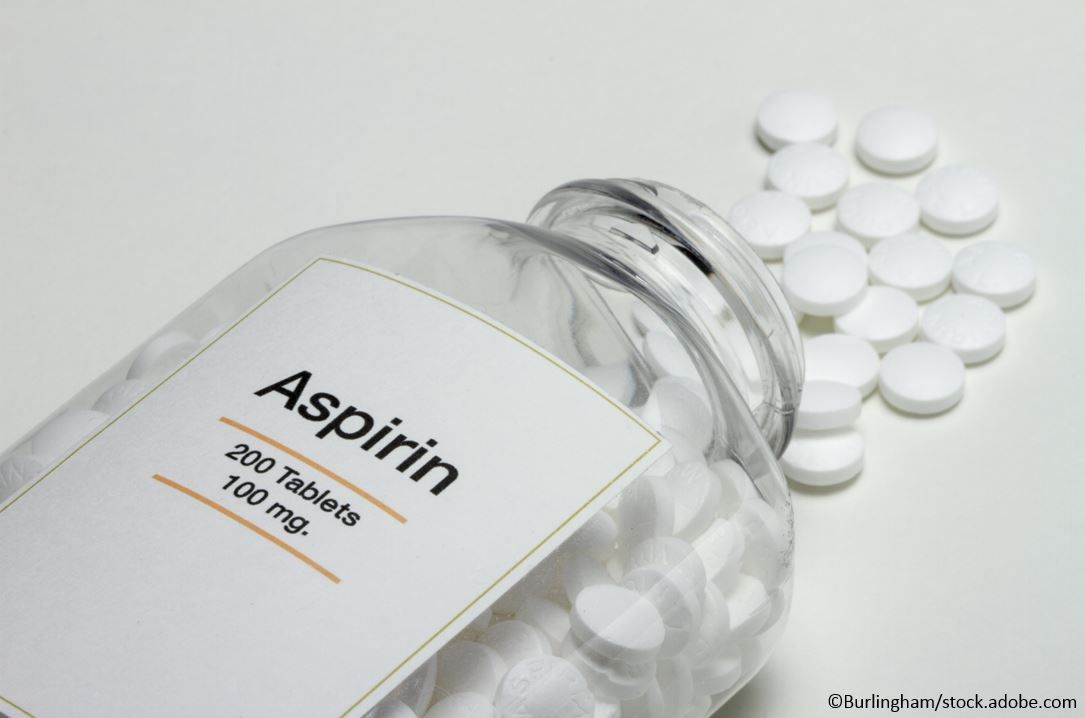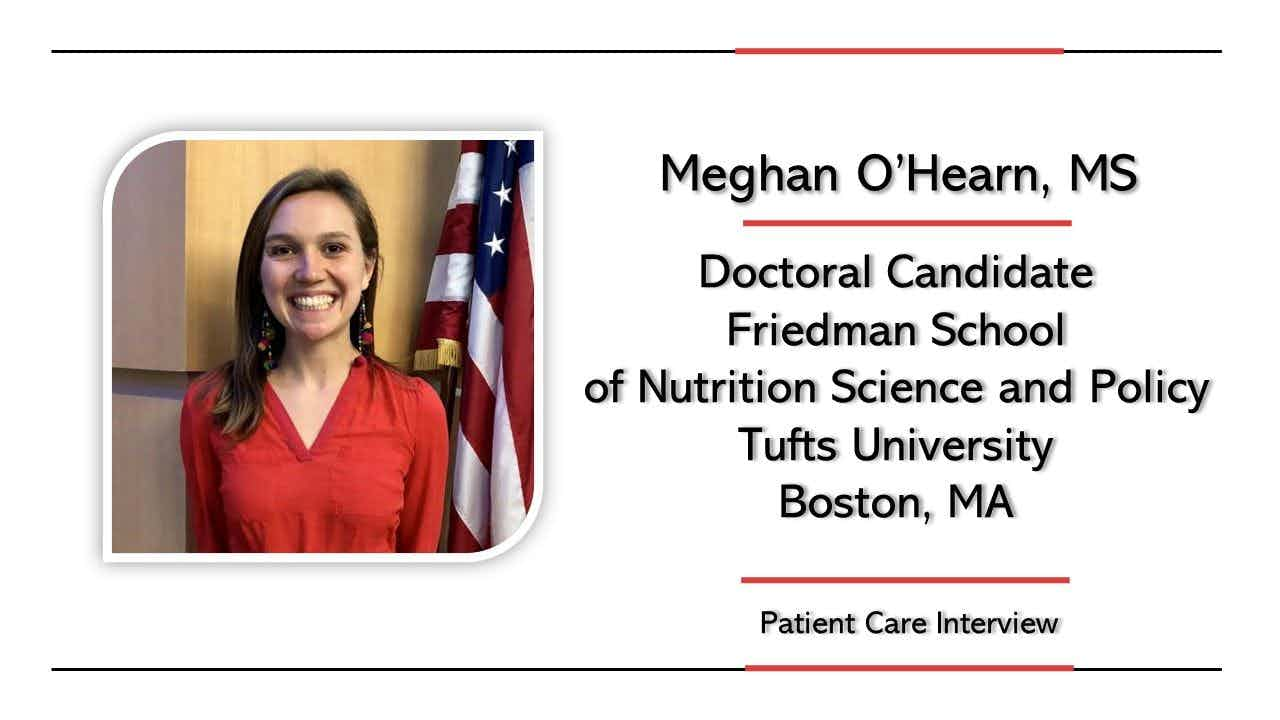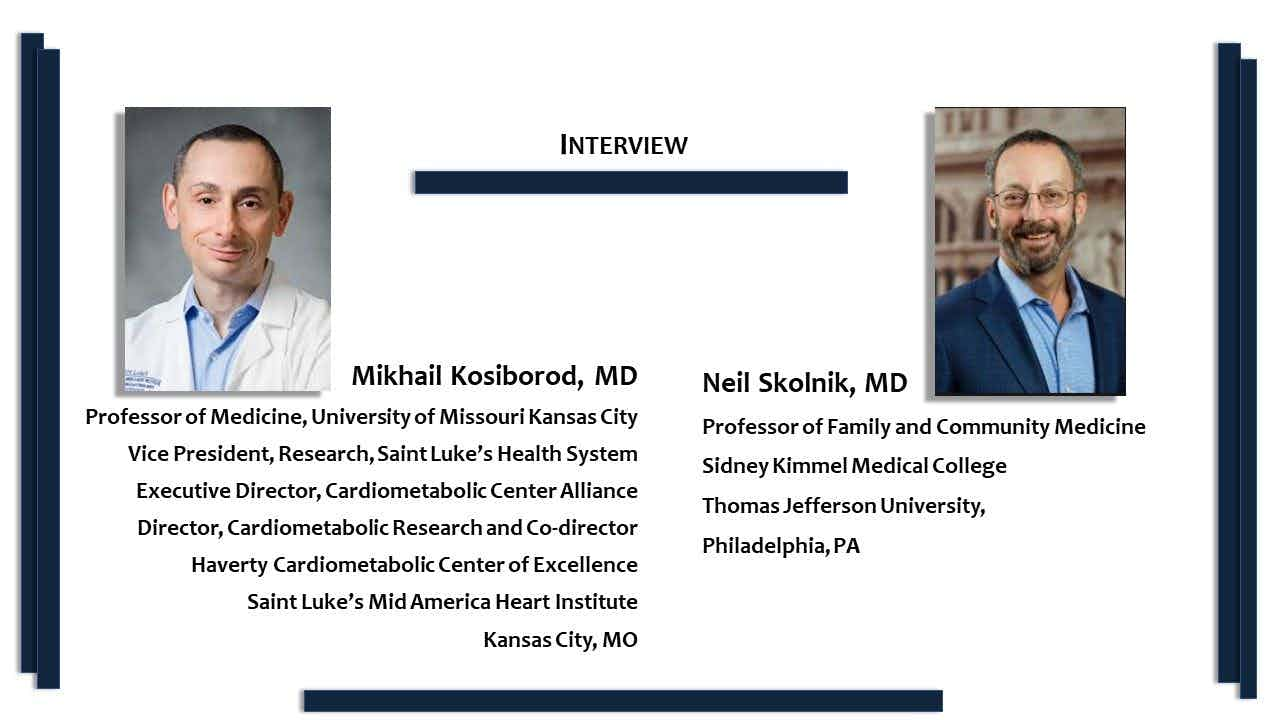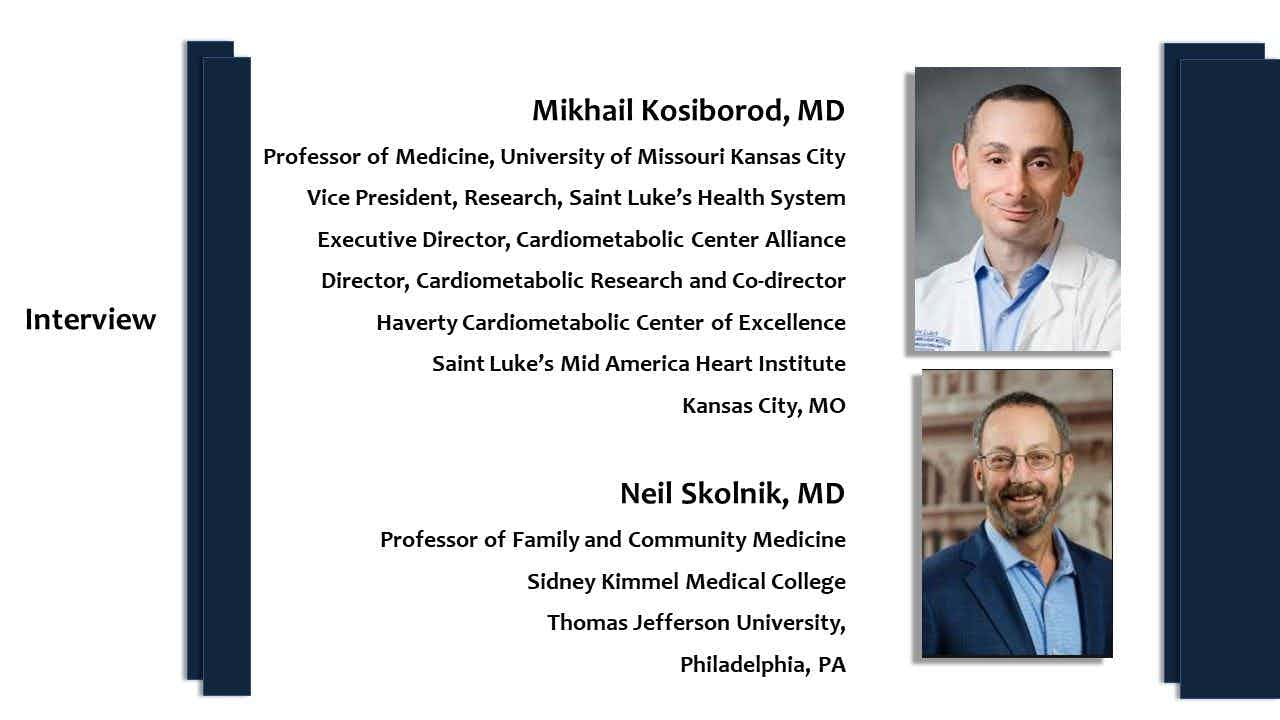Low-Dose Aspirin Increases Risk of Bleeding but Does Not Reduce Risk of a First Stroke in Older Adults
"... low-dose aspirin should not be prescribed for primary prevention in healthy older adults," conclude authors of a high-profile secondary analysis of the landmark ASPREE (Aspirin in Reducing Events in the Elderly) randomized clinical trial (RCT). ASPREE is described as the largest RCT of low-dose aspirin focused on evaluating the balance of risks and benefits of the antiplatelet agent for primary prevention in older adults.

The current analysis found a statistically significant 38% increase in intracranial bleeding in the study population randomized to daily aspirin, the combined result of hemorrhagic stroke and other causes of intracerebral hemorrhage, according to the research team. The investigators reported no significant reduction in risk of ischemic stroke in their analysis, published July 26 in JAMA Network Open.
"Together, these outcomes may alter the balance of risks and benefits of an antiplatelet drug, especially if given to individuals at low risk in a primary prevention setting,” wrote Geoffrey Cloud, MBBS, from the department of neuroscience, of Monash University, Melbourne, Australia, and colleagues. “This concern is relevant given the high stroke risk in older individuals, worldwide increases in populations of older individuals, and the importance of evaluating preventive strategies in this age group."
The authors note that their current findings are aligned with US and European practice guidelines in addition to the most recent recommendation from the US Preventive Services Task Force (USPSTF) against routine use of low-dose aspirin for primary prevention.
“This concern is relevant given the high stroke risk in older individuals, worldwide increases in populations of older individuals, and the importance of evaluating preventive strategies in this age group."
The majority of the evidence for the benefits of low-dose aspirin for primary prevention of stroke comes from meta-analyses and recent large trials with study cohorts, on average, younger than age 70 years, assert authors. Precluded from observation then are older individuals with inherently increased risk of hemorrhage and greater risk of injury that includes trauma.
Original ASPREE
The ASPREE trial, conducted in Australia and the US, included 19 114 adults free of cardiovascular disease (CVD) with a median age of 74 years. The cohort was 56.4% women and 91.3% of participants self-identified as White. Recruitment was between March 2010 and December 2014.
Participants were randomized 1:1 to receive either enteric-coated aspirin 100 mg/day or placebo and followed for a median of 4.7 years. During follow-up ASPREE investigators found no difference in risk for cardiovascular events between the aspirin and placebo-treated groups but did report significant increases in both major bleeding and mortality among those receiving aspirin.
The current secondary analysis which focused on incidence of stroke (4 subtypes) and intracranial hemorrhage (reported based on location) among aspirin-treated participants in ASPREE. The investigators found a similar balance between risks and benefits of aspirin in healthy older adults.
Secondary Analysis
Use of aspirin did not produce a statistically significant reduction in the incidence of a first stroke of any type, reported X and colleagues, with a cerebrovascular event observed in 4.6% of aspirin-treated and 4.7% of placebo-treated participants, for a hazard ratio (HR) of 0.97 (95% CI 0.79-1.18). Nor was there a reduction in risk of a first ischemic stroke which occurred among 1.5% of those receiving aspirin and 1.7% of those receiving placebo (HR, 0.89; 95% CI, 0.71-1.11).
In contrast, when researchers compared intracranial bleeding between the groups, they found a statistically significant increase among individuals assigned to aspirin (1.1%) compared with those receiving placebo (0.8%) with the HR reported as 1.38 (95% CI, 1.03-1.84). Cloud and colleagues attributed the higher incidence to a combination of subdural, extradural, and subarachnoid bleeding among participants taking aspirin (0.6%) compared with those taking placebo (0.4%) (HR, 1.45; 95% CI, 0.98-2.16).
For hemorrhagic stroke, the rate recorded for the aspirin group (0.5%) compared with that for the placebo group (0.4%) did not reach statistical significance (HR, 1.33; 95% CI, 0.87-2.04; P = .19), according to the study. Further, investigators reported no statistically significant differences in rates of other nonstroke bleeding analyzed as individual endpoints.
The authors note that the absolute numbers of stroke and bleeding events were small. They cite 2.5 fewer ischemic strokes "at the expense of" 3.5 cases of intracranial hemorrhage over 5 years among 1000 persons taking 100-mg aspirin daily.
Cautions
In their conclusion Cloud et al caution that among older adults who are prone to falls, their findings may understate the risk of intracerebral bleeding. They also suggest their findings warrant caution with respect to inclusion of aspirin in a future polypill for CVD prevention in healthy older adults. They emphasize, too, given the absence of any studies into the use of newer antiplatelet agents such as clopidogrel, ticagrelor, or prasugrel for primary prevention, that these agents not be considered as aspirin alternatives.
The team also stresses that "the balance of risks and benefits found in this study is not applicable to the use of aspirin for secondary prevention and may not be applicable to certain subgroups at substantially higher risk of ischemic stroke."
The investigators note several limitations of the study. Among them are the fewer than expected number of hemorrhagic and nonhemorrhagic events during the follow up and the homogenous makeup of the study cohort which was nearly all White.
And, finally, they write: "In this secondary analysis of a randomized clinical trial of older adults, there was no statistically significant benefit from aspirin in preventing stroke or any conventional stroke etiological subtype. However, aspirin significantly increased the overall risk of intracranial bleeding. These data support the recommendation of the USPSTF that low-dose aspirin should not be prescribed for primary prevention in healthy older adults."
Source: Cloud GC, Williamson JD, Thao LTP, et al. Low-dose aspirin and the risk of stroke and intracerebral bleeding in healthy older people: secondary analysis of a randomized clinical trial. JAMA Netw Open. 2023;6(7):e2325803. Published online July 26, 2023. doi:10.1001/jamanetworkopen.2023.25803






